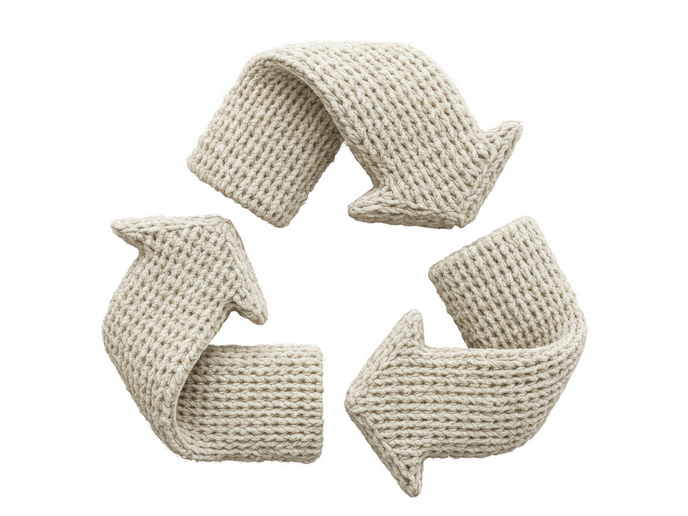Lignin breakthrough helps propel textile sector to sustainability
The EU-funded BioFibreLoop(opens in new window) project is working to make Europe’s textile industry more sustainable with a focus on outdoorwear, activewear and workwear. Having just achieved a major milestone in lignin-based fibre spinning, the project is now working on securing a reliable supply of lignin for this process. The textile industry is at a crucial turning point as it strives to achieve sustainable production while also meeting consumer demand for smart functionalities beyond comfort and aesthetics. However, functional textiles are often made using harmful chemicals that pose a threat to the environment and workers’ safety. With more and more regulations banning the use of hazardous chemicals, the EU’s textile industry needs smart innovations to help reduce its carbon footprint. BioFibreLoop is contributing to the sector’s sustainability by using bio-based materials such as lignin to produce recyclable textiles with bio-inspired functionalisation. But now that project coordinator German Institutes of Textile and Fiber Research Denkendorf (DITF) has successfully spun fibres from lignin blended with cellulose, the project faces the challenge of finding reliable feedstock from suppliers in European wood refineries.
The lignin challenge
The problem lies in the fact that lignin is not yet standardised in the EU, meaning that there is no uniform system in place for classifying different types of lignin. Also, depending on its extraction process, basal lignin – extracted but unmodified lignin – varies widely in properties and quality. “Not all lignin basal types are suitable for textile applications, and recent market changes have made sourcing even more difficult,” reports a BioFibreLoop news item(opens in new window). “Several small supplier companies founded a few years ago with special high-quality lignin types no longer exist, and larger ones often do not produce the required grades.” To tackle this problem, DITF conducted extensive research on available lignin suppliers, also testing material suitability. This included analysing the lignin’s ability to be drawn into fibres using thermoplastic spinning techniques and to exhibit film-forming characteristics suitable for coatings. Coatings are what give textiles their special functions, such as protection against liquids, gases and bacteria. BioFibreLoop’s goal is to make lignin-coated textiles that will not only all be biodegradable but also robust enough to make recycling possible and economically sensible, helping to meet European Green Deal requirements. Despite the lignin market’s current volatility, the new wood refinery plants being built or commissioned in Europe indicate that BioFibreLoop’s need for high-grade lignin will most likely be met. Lignin suppliers now have the opportunity to secure stable, large-scale demand by integrating lignin into the mass textile market. With the potential for more lignin-based products to enter the market – supported by European legislation promoting bio-based solutions – there is significant scope to establish resilient, circular supply networks. Such a development would reinforce the European textile industry’s bio-based supply chains, improving the sector’s overall resilience to external disruptions. “Our good research results on the use of lignin in textile products together with the great market potential will strongly motivate the establishment of biorefineries for suitable lignin variants in Europe,” remarks DITF’s technical coordinator Thomas Stegmaier. The BioFibreLoop (Circular biobased technical textiles with innovative bio-inspired non-toxic functionalisation) project ends in 2027. For more information, please see: BioFibreLoop project website(opens in new window)



